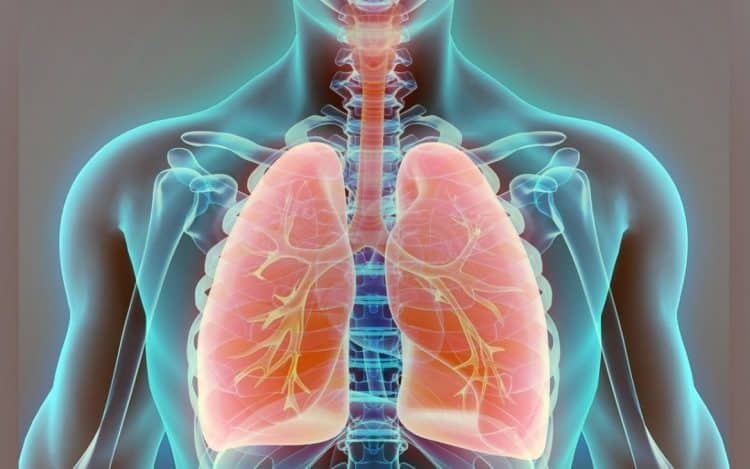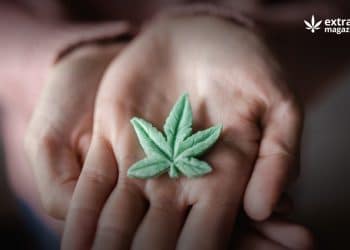Evidence from case reports
Just a few weeks ago, some cannabis enthusiasts likely celebrated “7/10,” or the holiday recognizing the joy that cannabis concentrates bring. “Dabbing” is one popular method of consuming concentrates that packs a quick and powerful punch. In fact, a survey-based study published just last year found that over half of 4,077 respondents had tried dabs.1
Why dabs? Well, for one, they have very high levels of tetrahydrocannabinol (THC). And, compared to smoking cannabis flower, the availability of THC in the lungs after dabbing is approximately 75%.2 This makes for efficient delivery.
But, as many know, dabbing comes with some risks.
Cannabis extracts in dabs are often produced using butane (where the term butane hash oil, or BHO, comes from). Butane extraction can be dangerous if carried out improperly. Lipophilic cannabinoids like THC are dissolved in butane and filtered out.3 Then, the solution is evaporated or heated/vacuumed. While trained professionals can safely carry out this process, home production can result in explosions and fires due to butane build up.
Two published case reports have indicated that there is a possible link between dabbing and pneumonia or pneumonitis (lung inflammation).
In one such report, a 19-year-old male had difficulty breathing, was coughing up blood, and had chest pain at the emergency department.6 He was given antibiotics to treat his symptoms, which were presumed to be from pneumonia.
The following day, the patient’s symptoms worsened and his breathing was rapid and shallow. Imaging tests revealed obstructions in the lungs but there was no evidence of bacterial, fungal, or viral infection. He was then treated with corticosteroids for acute pneumonitis and made a full recovery within a week.
His physicians linked the cause of pneumonitis to use of BHO six days prior to admission, which resulted in burning and tightness in the chest. While the authors of the case report stated that the link between cannabis and respiratory disease is rare, they presumed it was causal for this patient due to the time course of his symptoms and recent and prior BHO use.
In another report, an 18-year-old female experienced shortness of breath for a few days.7 Tests revealed that she had acute hypoxic respiratory failure, meaning that she wasn’t getting enough oxygen. After initial treatment, she reported a cough, nausea, and headache; she also had an elevated heartbeat and rapid breathing.
Additional testing indicated that the patient had mildly hyperinflated lungs and was diagnosed with severe pneumonitis with acute hypoxic respiratory failure; the physicians linked her daily BHO use (approximately 1g once or twice per day) to these symptoms. She had also been admitted to the hospital previously with similar symptoms, which were also presumed to be linked to BHO. She was treated successfully with steroids.
While these are the only two published case reports concerning this causation currently available in the literature, both patients demonstrated similar symptoms which were suspected to be related to recent BHO use and both responded to steroid treatment.7 Of course, with such a small sample, no definite conclusions can be drawn. As with any case report, the findings reflect only the clinical experience and opinions of the physicians who treated these patients.
However, as dabbing continues to grow in popularity, further study may provide additional information on safe use and additional guidelines to reduce harm and avoid risk.
References
- Sagar, K.A., et al., “Made from Concentrate? A National Web Survey Assessing Dab Use in the United States.” Drug Alcohol Depend. vol.190, 2018, pp.133-142. (impact factor: 3.466; cited by: 5)
- Hädener, M., et al., “A Preliminary Investigation of Lung Availability of Cannabinoids by Smoking Marijuana or Dabbing BHO and Decarboxylation Rate of THC- and CBD-acids.” Forensic Sci Int. vol.295, 2019, pp. 207-212. (impact factor: 1.947; cited by: N/A)
- Al-Zouabi, I., et al., “Butane Hash Oil and Dabbing: Insights Into Use, Amateur Production Techniques, and Potential Harm Mitigation.” Subst Abuse Rehabil. vol.9, 2018, pp. 91-101. (impact factor: 2.78; cited by: 2)
- Meehan-Atrash, J., et al., “Toxicant Formation in Dabbing: The Terpene Story.” ACS Omega. vol.2, no.9, 2017, pp. 6112-6117. (impact factor: 2.584; cited by: 11)
- Troiani, M. “Toxicant Formation from Terpenes Deconstructed”, Terpenes and Testing Magazine, Issue #8, March-April 2018.
- McMahon, M.J., et al., “Severe Pneumonitis after Inhalation of Butane Hash Oil.” Ann Am Thorac Soc. vol.6, 2016, pp. 991-992. (impact factor: 4.026; cited by: 2)
- Anderson, R.P., & Zechar, K., “Lung Injury From Inhaling Butane Hash Oil Mimics Pneumonia.” Respir Med Case Rep. vol.26, 2019, pp. 171-173. (impact factor: 0.591; cited by: N/A)












